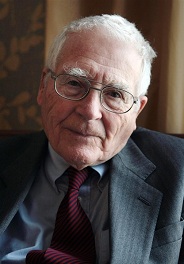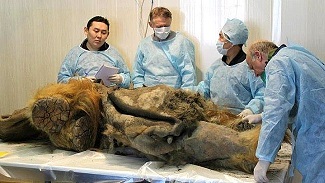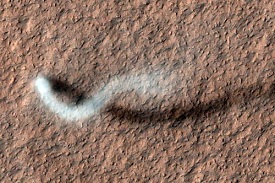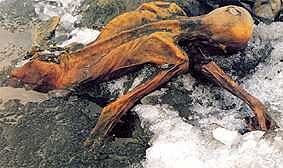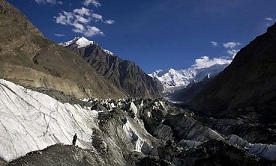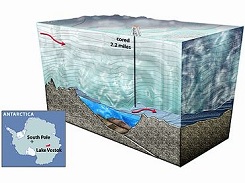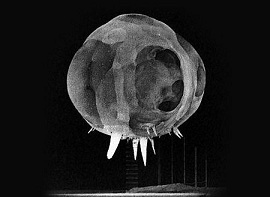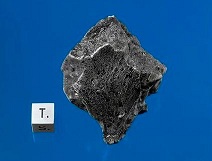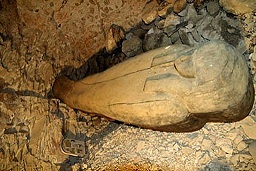 A Crystal-Clear View of an Extinct Girl's Genome
A Crystal-Clear View of an Extinct Girl's Genome

Photo: Max Planck Institute for Evolutionary Anthropology
Researchers have sequenced the genome of an archaic Siberian girl 31 times over, using a new method that amplifies single strands of DNA. As the team reports online in Science this week, more than 99% of the nucleotides are sequenced at least 10 times, so researchers have as sharp a picture of this ancient genome as of a living person's. That precision allows the team to compare the nuclear genome of this girl, who lived in Siberia's Denisova Cave more than 50,000 years ago, directly to the genomes of living people, producing a "near-complete" catalog of the small number of genetic changes that make us different from the Denisovans, who were close relatives of Neandertals.
Wikipedia: Altai Mountains
Thomas H. Douglass: The Denisova discovery - An international team of scientists made headlines at the end of last year when they used genetic evidence to show that an ancient people, once living in the Altai Mountains of southern Siberia, were distant cousins of the Neanderthals and contributed to the modern human genome before their extinction. The discovery is a triumph of modern genomics and decades of publicly funded science research in the United States and elsewhere, which has led to the sequencing of the human genome and promises to revolutionize our understanding of evolution, disease, and global genetic diversity.










